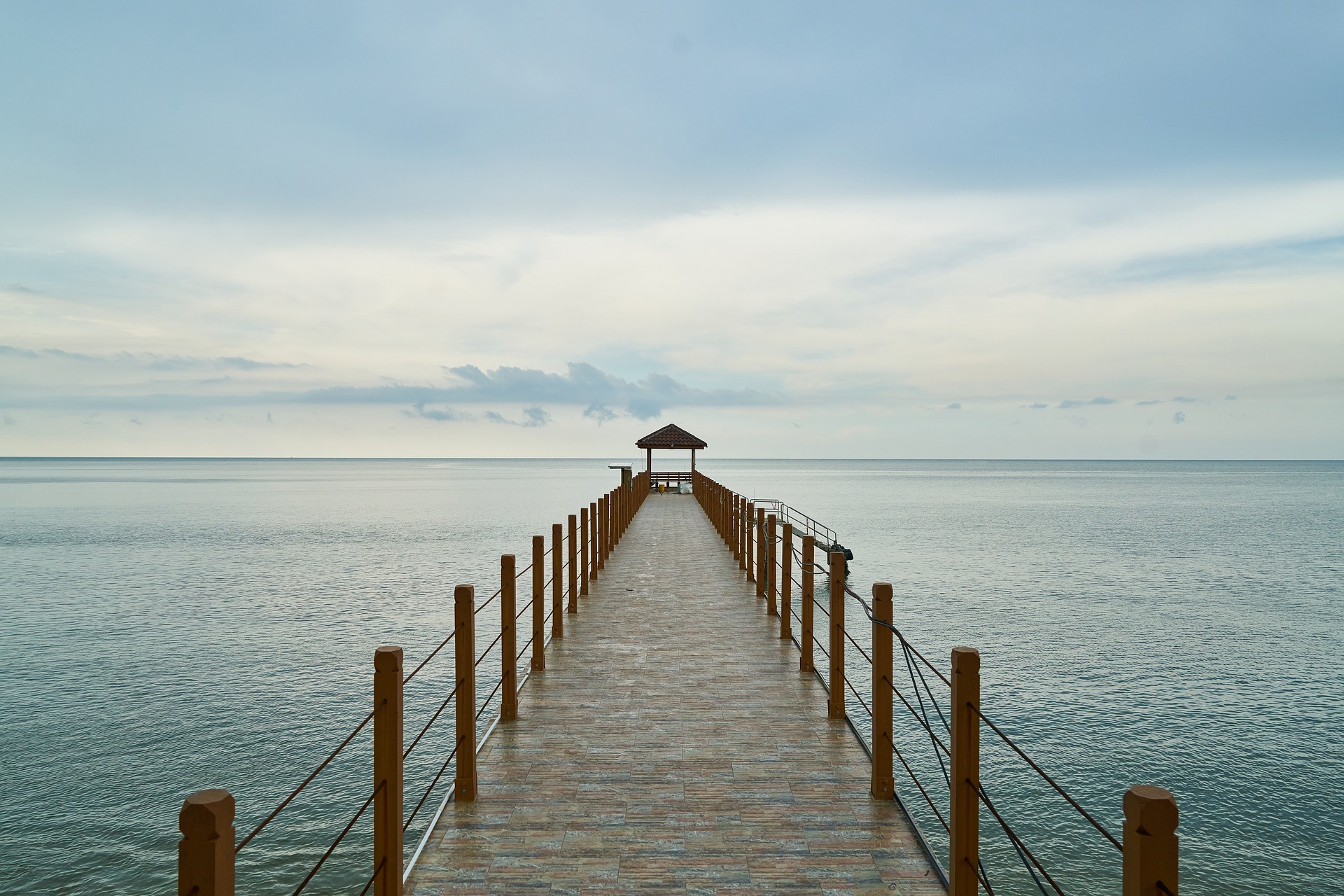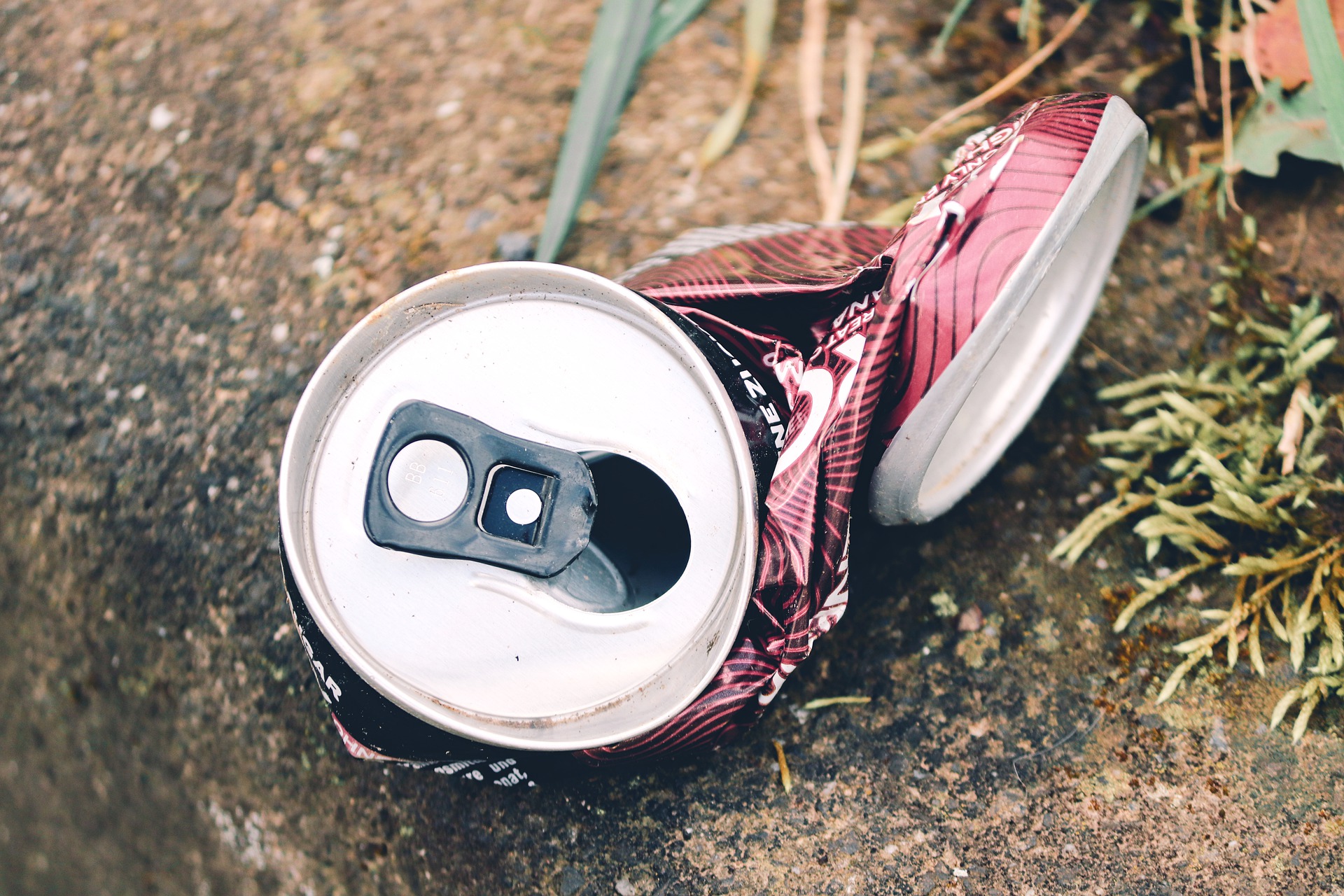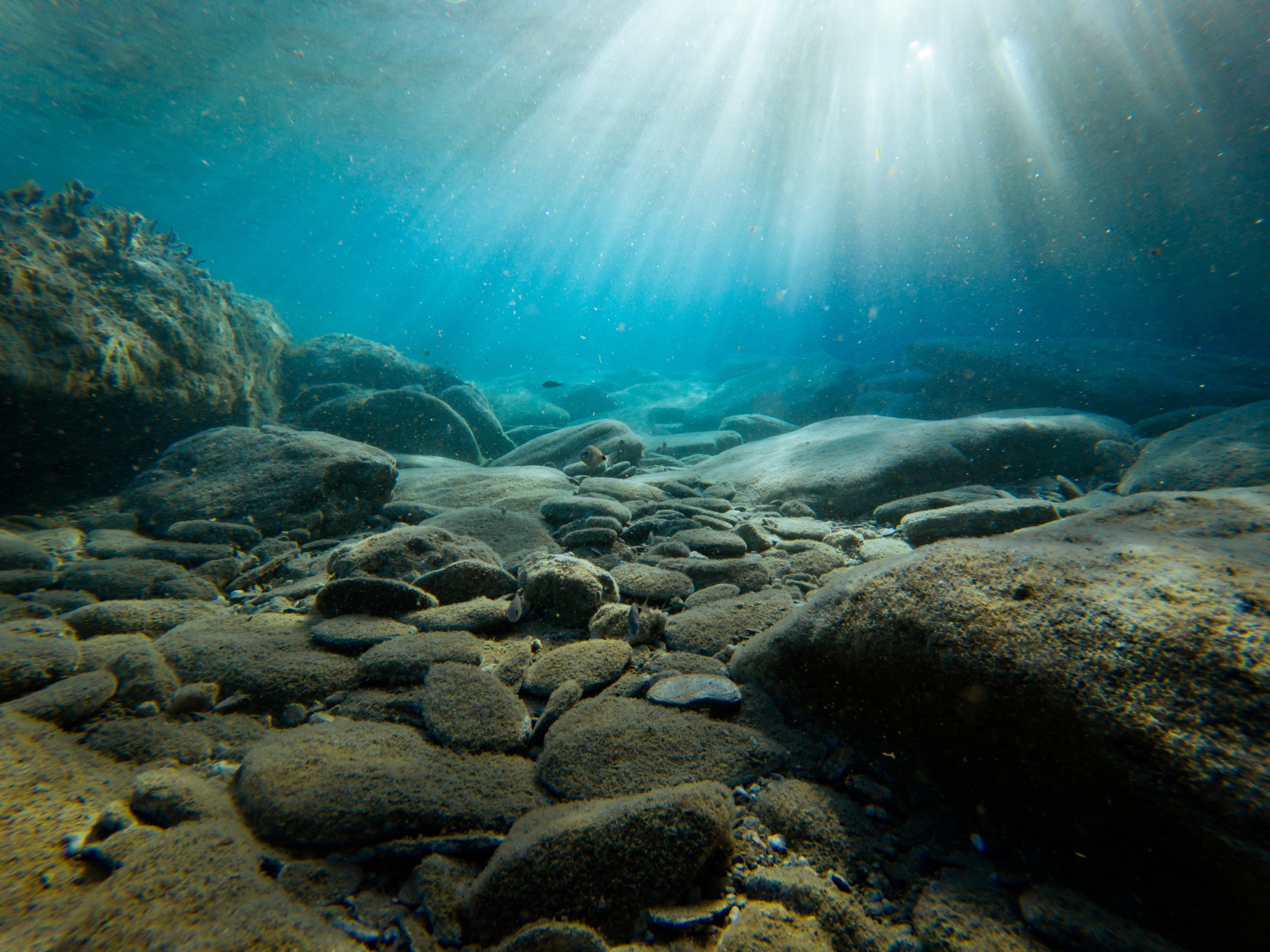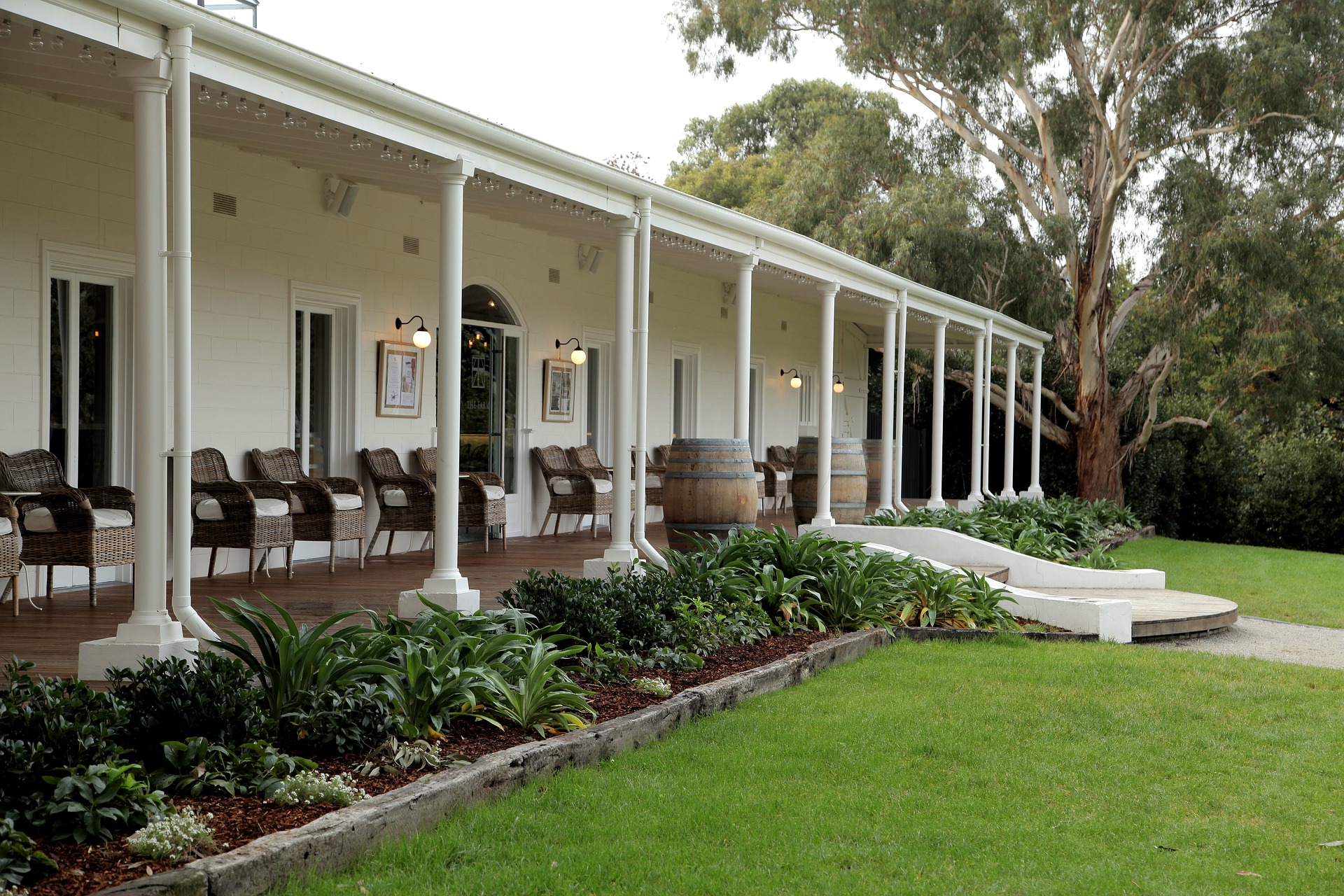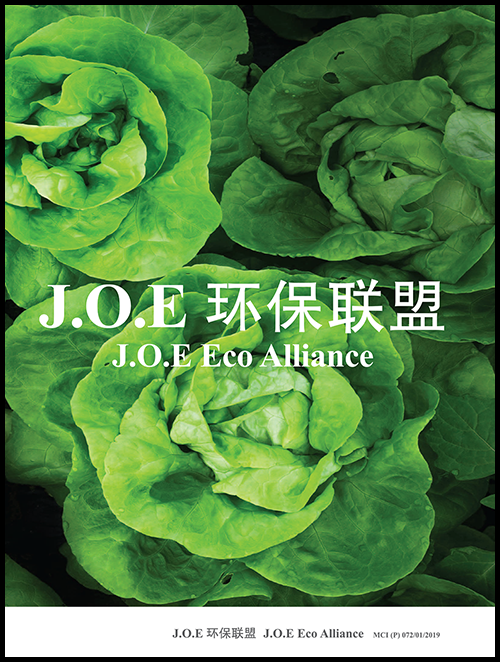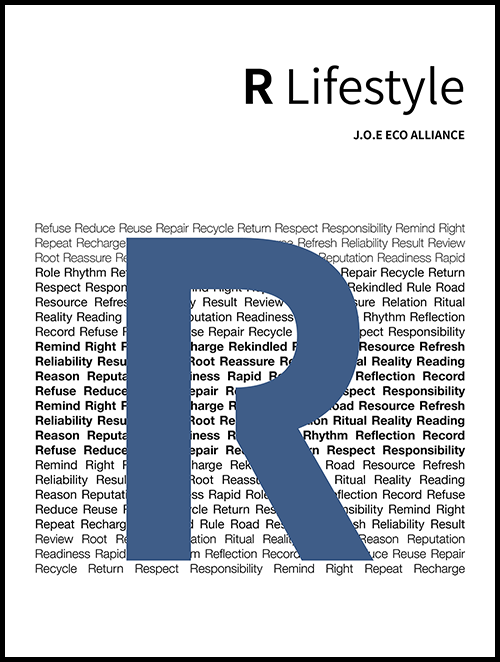Singapore will be looking into how to shore up more of its coastline against rising sea levels, with protection strategies in four coastal areas to be completed by 2030.
The four areas are along the City-East Coast stretch, Lim Chu Kang, Sungei Kadut, and around Jurong Island, Minister for Sustainability and the Environment Grace Fu told Parliament yesterday.
“This year, national water agency PUB and (industrial developer) JTC will embark on site-specific studies at the coastlines of City-East Coast and Jurong Island,” she said.
These two areas had earlier been identified as being vulnerable to rising sea levels due to their highly urbanised and industrialised nature.
Potential measures to be examined include sea walls, polders and nature-based solutions like planting mangroves, Ms Fu said.
As for the remaining areas in the north-west – Lim Chu Kang and Sungei Kadut – PUB told The Straits Times that it plans to call for tenders for studies there this year.
The studies, which are expected to commence next year and be completed in 2027, will run con-currently with the studies on Jurong Island and the City-East Coast stretch.
PUB said coastal protection is a massive and long-term undertaking that requires careful planning.
“We are commencing in-depth studies on the different segments of our coastline progressively, prioritising regions based on factors such as the potential impact of a flood event, presence of critical installations and/or high-value economic activities, and the opportunity to dovetail with up-coming developments,” said the PUB spokesman.
The north-western coast, for example, houses a few coastal reservoirs, including Kranji Reservoir, and other assets like the Woodlands Checkpoint.
Moreover, Sungei Kadut is also home to a number of industries – such as timber, furniture, construction and waste management – with plans to develop the area into an agri-tech hub.
The north-western coast, for example, houses a few coastal reservoirs, including Kranji Reservoir, and other assets like the Woodlands Checkpoint. Moreover, Sungei Kadut is also home to a number of industries – such as timber, furniture, construction and waste management – with plans to develop the area into an agri-tech hub.
The accelerating pace of sea-level rise is tied to global warming, which scientists say is caused by human activities such as the burning of fossil fuels and deforestation.
These activities produce greenhouse gases which are released into the atmosphere, trapping heat on the planet.
As oceans warm, water expands, contributing to sea-level rise.
Rising temperatures are also causing ice sheets to melt, further nudging up sea levels.
Climate change will also lead to erratic rainfall, such as dry spells and bouts of more intense rainfall, which can contribute to flooding.
Ms Fu said PUB will be developing a coastal-inland flood model this year to manage both inland and coastal flooding risks.
PUB will also invest another $1.36 billion on drainage works over the next five years, she said.
Over the past decade, $2 billion has been pumped into such projects. Ten projects will start this year, Ms Fu said, including drainage works at Seletar North Link and Serangoon Avenue 2 and 3.
During the debate, Mr Desmond Tan, Minister of State for Sustainability and the Environment, said Singapore is also doing more on the food security front.
A new $60 million Agri-Food Cluster Transformation Fund will help farmers here better harness technology. This will replace the existing Agriculture Productivity Fund.
“The new fund has been designed with several improvements. It will better cater to farms of different scales and development needs, from start-up to growth and expansion,” said Mr Tan.
“It will also have a higher co-funding quantum and wider scope in support of farms that adopt advanced farming systems which improve productivity and resource efficiency,” he added.
Mr Tan said the Singapore Food Agency under his ministry will also be launching new sea space tenders on leases within the next few years to provide farms with greater certainty on the use of sea spaces.
Source: The Straits Times

